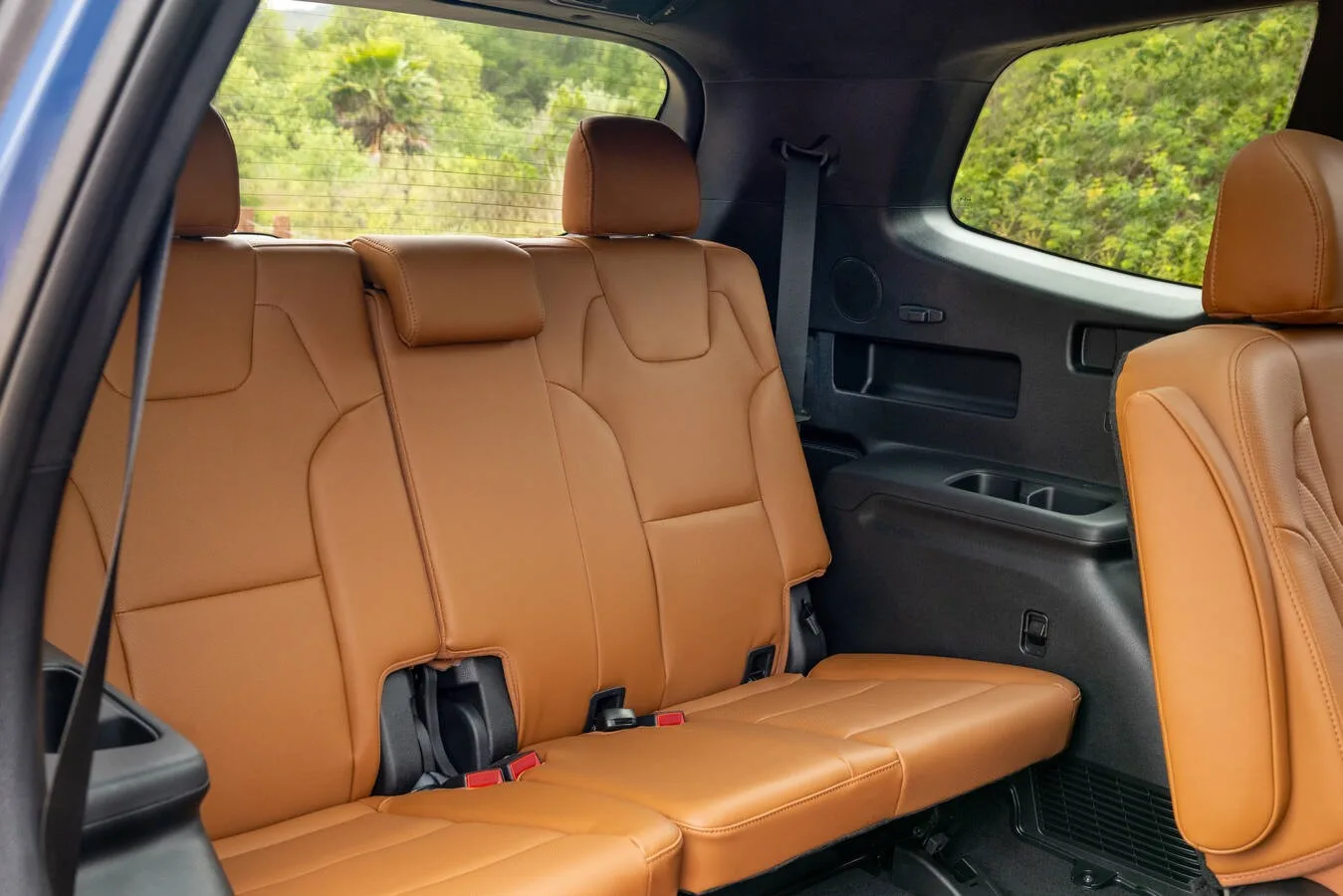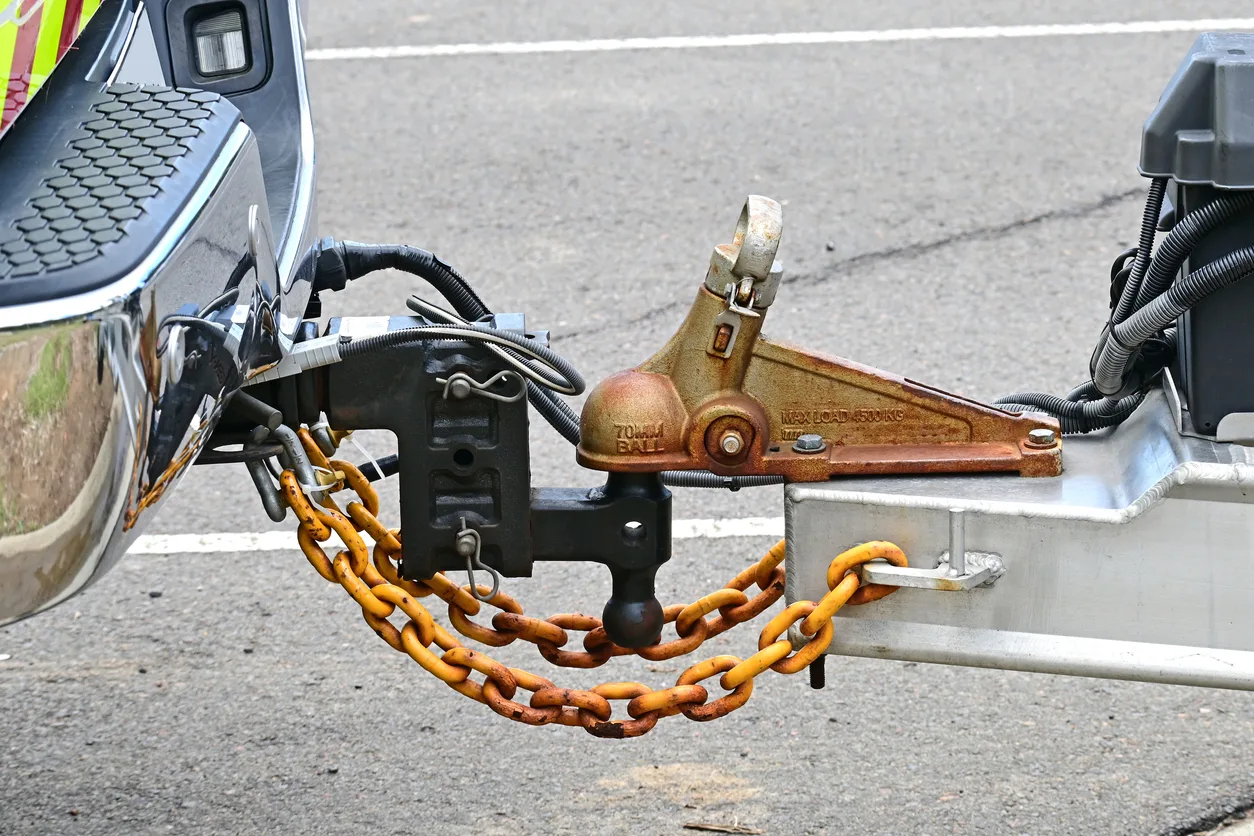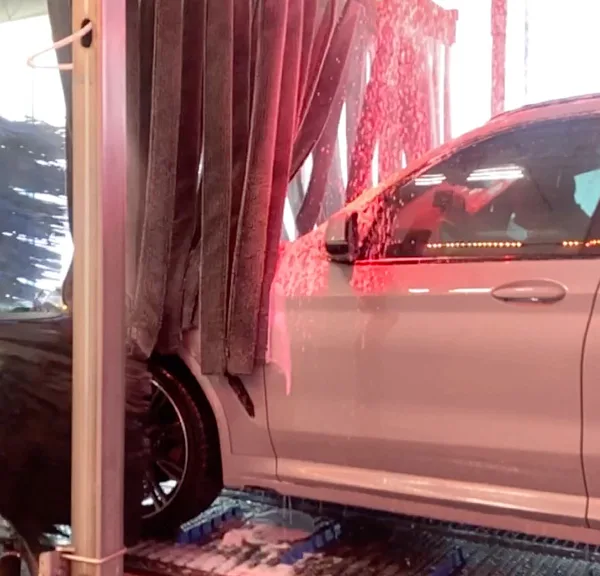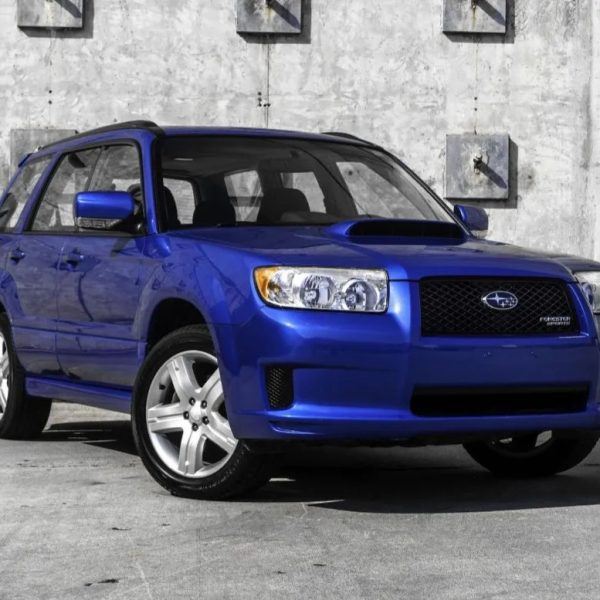Towing a trailer, whether for a fishing trip to one of Nebraska’s scenic lakes or for moving heavy loads across town, requires more than just a powerful vehicle.
It demands an understanding of the physics at play and a commitment to safety. For drivers in Omaha, being aware of these principles is crucial for navigating everything from city streets to open highways.
This guide will walk you through key aspects of safe vehicle towing, with specific references to help you tow confidently in the Omaha area.
Table of Contents
Payload vs. Towing Capacity: The Critical Difference
A common misconception is that if a vehicle’s towing capacity isn’t exceeded, you’re good to go. However, a more critical figure to understand is the vehicle’s payload capacity.
Payload refers to the maximum weight a vehicle can carry in its cabin and bed, including passengers and cargo. The tongue weight of a trailer—the downward force it exerts on the hitch—counts as part of the payload.
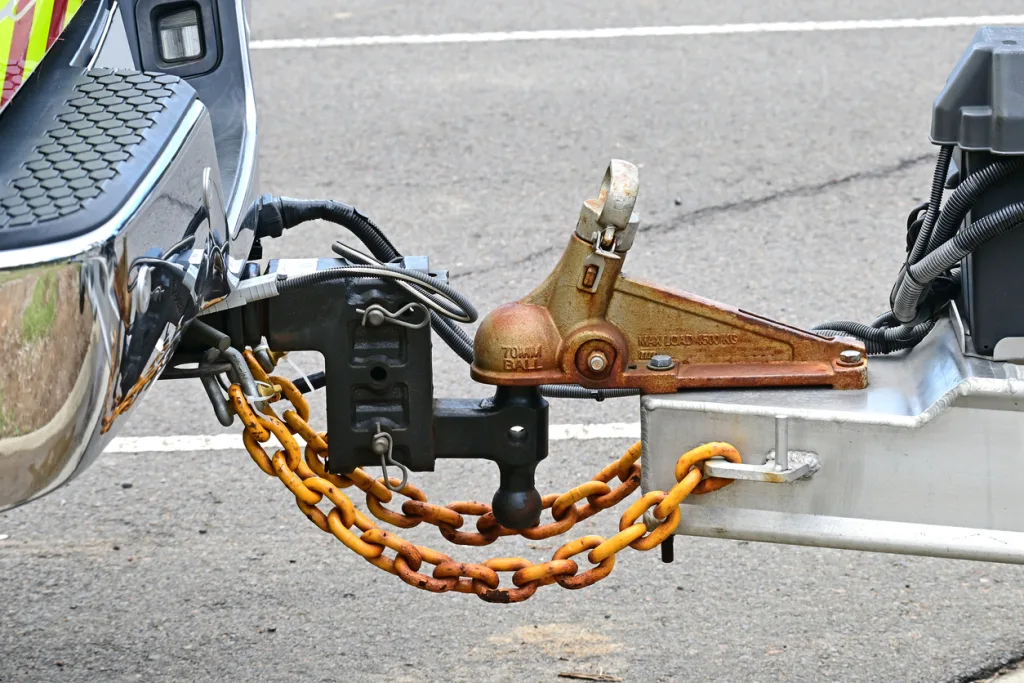
This means that even if you are under your vehicle’s towing limit, you can easily exceed its payload capacity, leading to unsafe driving conditions.
Let’s consider a practical example for those looking to enjoy the waters near Omaha. Imagine four gentlemen from Omaha are planning to spend the day fishing at Lake Wanahoo. They’re driving a Kia Telluride SX Prestige X-Pro AWD, a capable 7-passenger SUV.
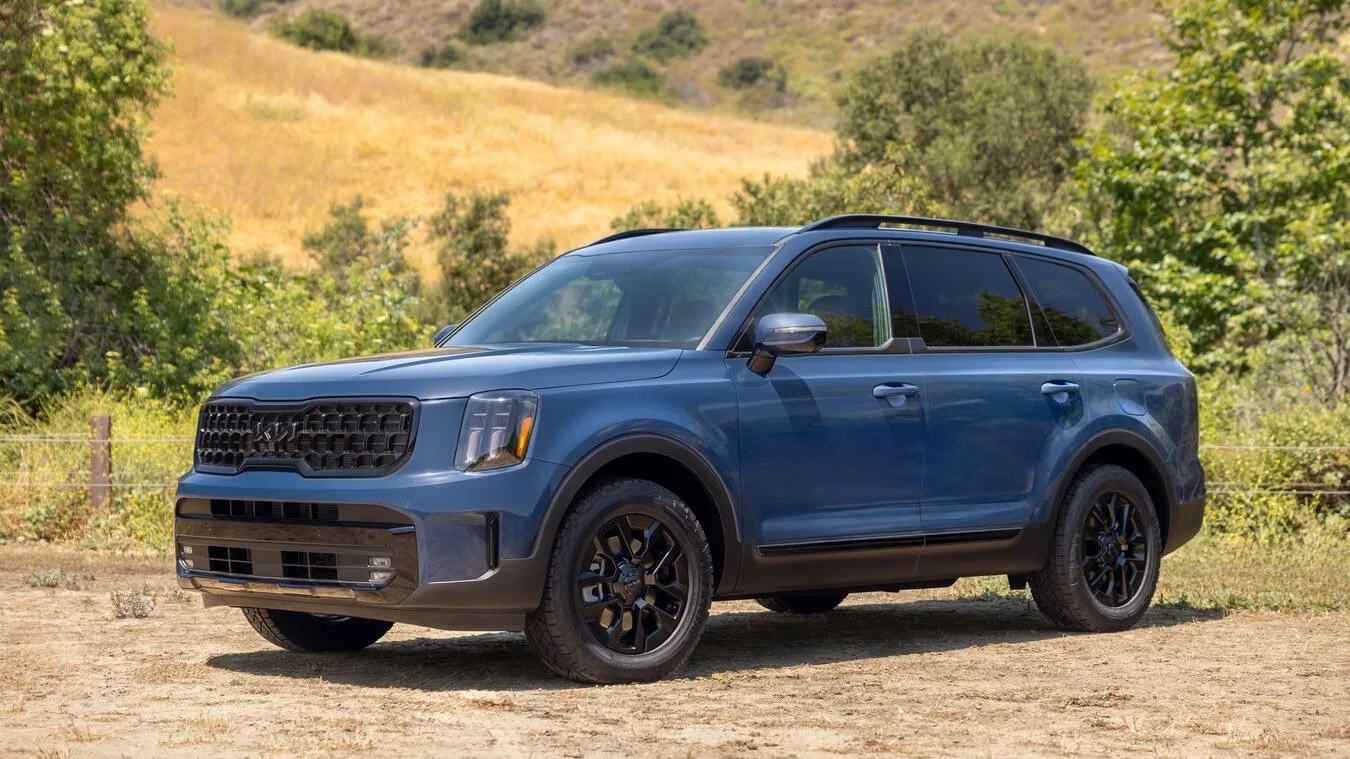
Here are the key numbers for the Telluride:
- Payload Capacity: 1,395 lbs.
- Towing Capacity: 5,500 lbs.
- Curb Weight: 4,522 lbs.
- Gross Vehicle Weight Rating (GVWR): 5,917 lbs.
They will be towing a Lund 2075 Impact XS boat, something the Telluride can easily handle. Let’s calculate the weight of the boat, fueled up, with an anchor in it:
- Boat/Motor/Trailer (Dry Weight): 3,511 lbs.
- Fuel (46 gallons): ~292 lbs.
- Anchor: 30 lbs.
- Total Estimated Trailer Weight: 3,833 lbs.
The tongue weight is typically 10-15% of the total trailer weight. In this case, that would be between 383 and 575 pounds.
Now, let’s look at the payload calculation with the combined weight of the four gentlemen being 800 lbs.:
- With a low-end estimated tongue weight of 383 lbs., adding 800 lbs. of passengers to that equals 1,183 lbs. This leaves only 356 pounds of payload capacity for any additional gear they might bring, such as coolers, fishing equipment, and other items.
- With a high-end estimated tongue weight of 575 lbs., adding 800 lbs. of passengers to that equals 1,375 lbs. In this scenario, they have just 20 pounds of remaining payload capacity before maxing out the Telluride’s 1,395 lb. limit!
This example clearly illustrates how quickly payload can be consumed, and as you can see, the payload capacity is much closer to its limit than the towing capacity.
To avoid overloading in a situation like this, consider what really needs to be packed for the trip, perhaps a larger vehicle for towing, or plan on driving multiple vehicles to distribute the weight.
“Dry Weight” Deception: The Hidden Dangers of Overloading
It’s crucial to base your towing calculations on the actual weight of your loaded trailer, not the “dry weight” provided by the manufacturer. The dry weight is the empty weight of a vehicle or trailer.
For instance, an RV travel trailer will weigh significantly more once its water tanks are full and it’s loaded with camping gear, batteries, and propane.
Never overload your trailer. Exceeding the trailer’s Gross Vehicle Weight Rating (GVWR) can lead to dangerous situations, including tire blowouts and brake failure.
Trailer Balance is Everything: Avoiding Dangerous Sway
How you load your trailer is just as important as how much you load. Proper weight distribution is key to maintaining control of your vehicle, especially at higher speeds on highways like I-80 or I-29.
- Weight loaded behind the trailer’s axle can cause the trailer to sway, a dangerous side-to-side motion that can lead to a complete loss of control.
- Weight loaded over or slightly in front of the trailer’s axle provides greater stability. A general rule of thumb is to place about 60% of the cargo weight in the front half of the trailer.
The following video is an excellent example of how trailer balance affects stability.
The Essential Pre-Tow Safety Checklist
Before you hit the road, running through a safety checklist can significantly minimize your risks. The following are examples of items to double check before departure.

- Tires: Check the tire pressure on both your vehicle and trailer to ensure they are at the recommended levels.
- Lights: Test all trailer lights, including brake lights, turn signals, and running lights, to make sure they are functioning correctly.
- Mirrors: Adjust your mirrors to provide a clear view of the trailer and the surrounding traffic.
- Hitch: Ensure the hitch, coupler, and all connections are secure.
- Chains: Crisscross the safety chains and make sure they are properly attached.
- Brakes: If your trailer is equipped with brakes, test them to ensure they are working in sync with your vehicle’s brakes. In Nebraska, trailers with a gross loaded weight over 3,000 pounds must have their own braking system. Iowa has a similar requirement for such trailers.
4WD Towing: When and When Not to Use It
The primary advantage of using four wheel drive when towing is in low-traction situations. This can be particularly helpful on the unpaved roads leading to some of the more remote fishing or on farmland across Nebraska and Iowa.
- 4-High: This is recommended for towing at higher speeds in slippery conditions, such as on snowy or muddy roads.
- 4-Low: This setting is ideal for situations that require high torque at very low speeds, such as launching a boat on a wet ramp or navigating steep, loose gravel paths.
It is crucial to remember that towing in 4WD on dry pavement is not recommended as it can cause unnecessary stress and potential damage to your vehicle’s drivetrain. In normal driving conditions, two-wheel drive is the preferred option for towing.
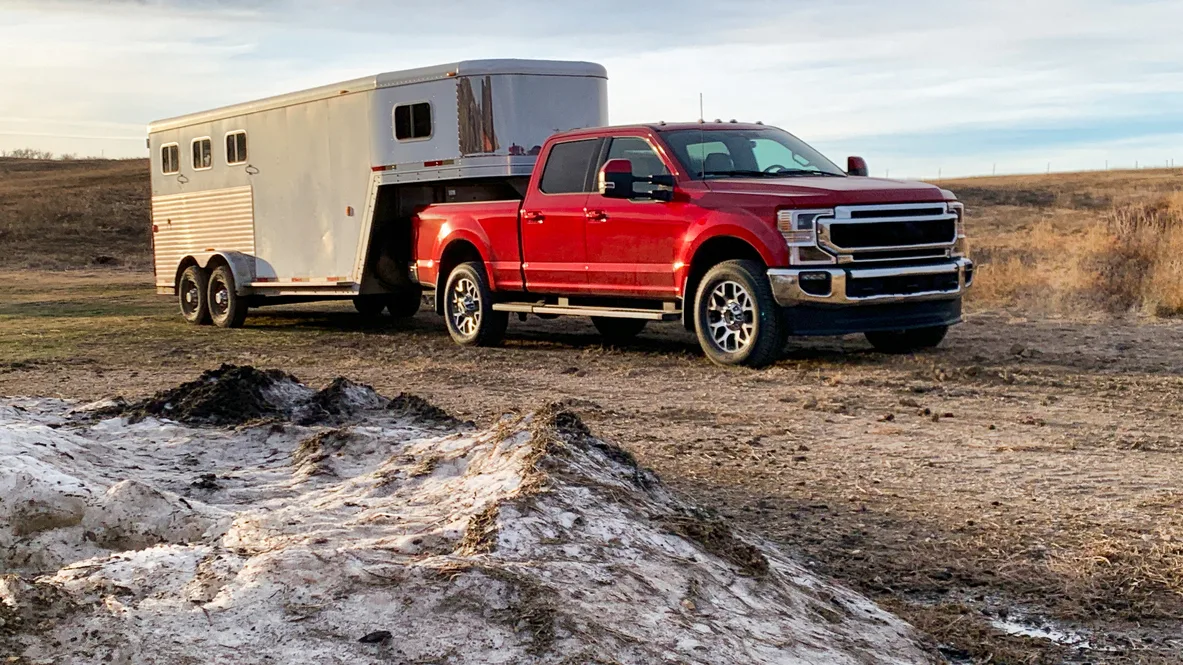
Slow Down! The Importance of Safe Towing Speeds
When towing, it’s always wise to drive at a reduced speed. Many states have lower speed limits for vehicles towing trailers.
In Nebraska and Iowa, the speed limit for vehicles towing trailers is generally the same as for other vehicles unless otherwise posted. However, it is always advisable to drive slower than the maximum speed limit to ensure safe handling.
Considering most trailer tires are rated for a maximum speed of around 65-75 mph, exceeding this speed can cause heat buildup and lead to tire failure. A good rule of thumb is to drive at least 10 mph below the posted speed limit, especially on highways.
Increased following distances are also essential to allow for longer stopping distances.
Understanding and respecting the principles of safe towing, from calculating your payload to maintaining a safe speed, you can ensure that your adventures throughout Nebraska and Iowa are both enjoyable and safe for everyone on the road.

